A story of the courage of the Inga people, almost two decades after the declaration of the creation of the Alto Fragua Indi Wasi protected area
At the 5th World Congress on Protected Areas held in Durban, South Africa in 2003, more than 3,000 participants from 157 countries affirmed that a new era was beginning. At that time, they drew attention to the importance of reconciling their actions with those of local communities, recognizing the role of indigenous and tribal peoples in the conservation of terrestrial and marine ecosystems vital to the well-being of the entire planet. This step meant opening the door to reflection on the legacy of years of conservation policies and the declaration of protected areas in an exclusionary and impositional manner, under the terra nullis doctrine, removed from the reality of local communities and with significant liabilities with respect to environmental justice.
A decade before this event, in Colombia, particularly after the establishment of the 1991 constitution, the foundations were laid to introduce substantial changes in the management of protected areas, through a vision of participatory management in conservation, which included guidelines for joint management that is shared with local communities, particularly indigenous and Afro-descendant communities.
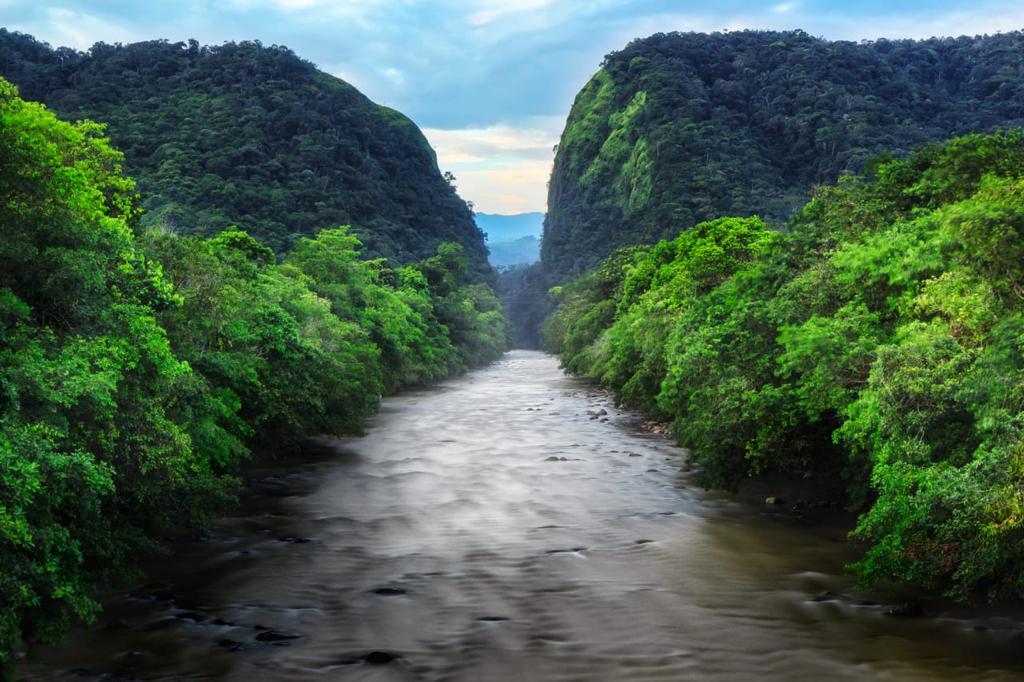
In 1996, the Amazon Conservation Team, inspired by the legacy of the ethnobotanist Richard Evans Schultes, who on his travels to the Amazon rainforest encountered the extraordinary world of shamans and sacred plants, began his work in Colombia’s Andes-Amazon transition region, considered one of the most diverse ecosystems in the world. Through a broader view of ethnobotany, the team understood the importance, with respect to conservation, of integrating and recognizing indigenous knowledge—less tangible, perhaps—related to spiritual connections, voices from the rainforest, and traditional forms and approaches that are tied with land and territory.
Bearing this in mind, and under the guidance of the traditional healers and knowledge-keepers of “the five indigenous peoples of yagé: Ingas, Sionas, Cofanes, Coreguajes and Kamëntsá”, the Amazon Conservation Team supported the formation of the Union of Indigenous Yagé Healers of the Colombian Amazon (UMIYAC) and the Tandachiridu Inganokuna Association of the Inga People of Caquetá, who promoted the creation of Indiwasi (meaning “house of the sun”), a pioneering protected area that applied this reconservation approach.
“For us, the word ‘park’ does not cover everything that our territory signifies; it does not reflect our medicine, the spirits, the hunting grounds, the salt licks. We wanted from the beginning to use the word Nukanchipa Alpa (Our Land) because ‘park’ for us is the central square of a community. In other words, although the word ‘conservation’ does not exist in our language, this word could make sense if it was expressed through Nukanchipa Alpa. Conservation for non-indigenous people is done in a ‘park’.”
Ingas of Caquetá
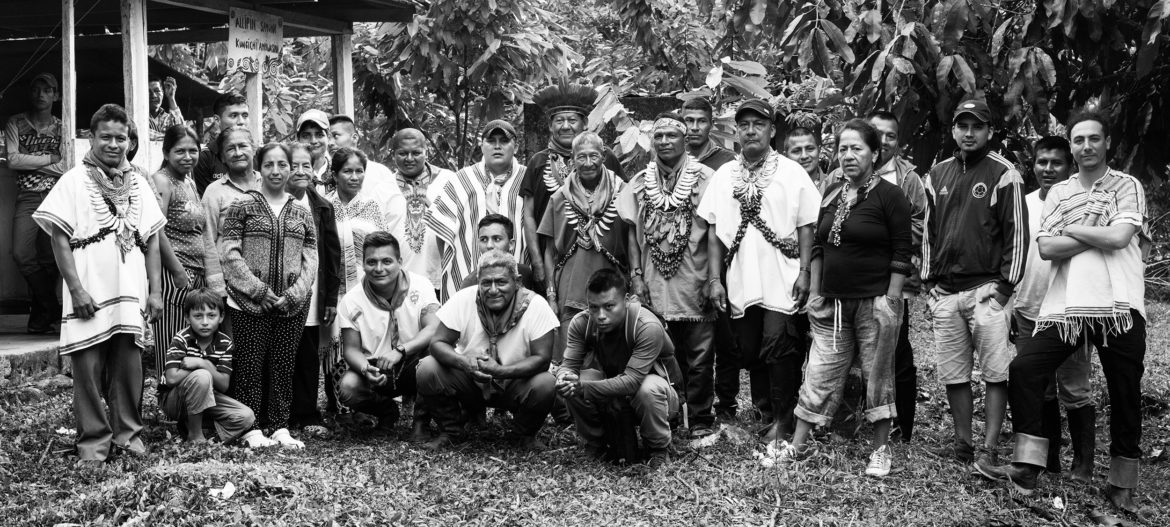
The path to the declaration was complex. It incorporated new forms of dialogue and bridges to bring the indigenous and western visions closer together, generating trust and overcoming the colonialist perspective. It was the Ingas who led the creation of the protected area, breaking the mold of the old framework of areas being imposed from the central level.
This process, which began in 1986, received its impetus a decade later through the signing of an agreement between the Amazon Conservation Team, the Colombian Ministry of the Environment, the Colombian National Parks Unit, and the Tandachiridu Inganokuna indigenous association. This joint effort succeeded in establishing a special conservation and management area in the Fragua River region in the upper Caquetá, which culminated in the declaration of 72,670 hectares under the category of a protected area in 2002. The declaration was of note for three pioneering aspects at that time:
- The declaration was requested and promoted by an indigenous community, for the protection of their ancestral territory.
- It recognized the importance of conservation, beyond biological criteria, that integrated cultural aspects within the conservation objectives.
- It introduced a new category for the management of protected areas: co-management between the National Parks Unit and the Tandachiridu Inganokuna indigenous association.
With this, the mandate of the traditional healers was fulfilled: to protect their ancestral territory, sacred sites and all the substratum related to the yagé culture against the threat of the petroleum extraction industry, illicit crops, and the expansion of the agricultural frontier, among other perils.
The 72,670 hectares of protected areas that make up the Park are connected today with three of the five reserves of the Tandachiridu Inganokuna association, who continue to establish partnerships for the protection of this diverse landscape with rural farming communities and other indigenous communities. It also paved the way for the declaration of other protected areas under the principle of the recognition of ethnic communities as ancestral guardians of the territory.
This story should be told many times. It represents the courage of the Inga people of Caquetá, pioneers in the protection of indigenous territory, as well as of those who in the Amazon Conservation Team, the Ministry of the Environment and the National Parks Unit led changes in approach and perspective in order to understand these populations. It was the starting point for the declaration of other protected areas under the principle of recognition of ethnic communities as “guardians of nature”. Today, almost 20 years later, within the framework of effective environmental justice, the Inga should be the ones who directly lead and manage the administration of Nukanchipa Alpa Indiwasi, their territory.
By Carolina Gil, Northwest Amazon Program Director, in memory of those who led and continue to promote this process, especially Mario, Nati, Waira, and Flora, all friends from the heart.

Members of the Inga Tandachiridu Inganokuna indigenous association with traditional healers from the Andes-Amazon transition region. 
The Fragua River and other rivers that originate in the Alto Fragua Indi Wasi National Park are part of the enormous hydrographic basin of the Amazon. 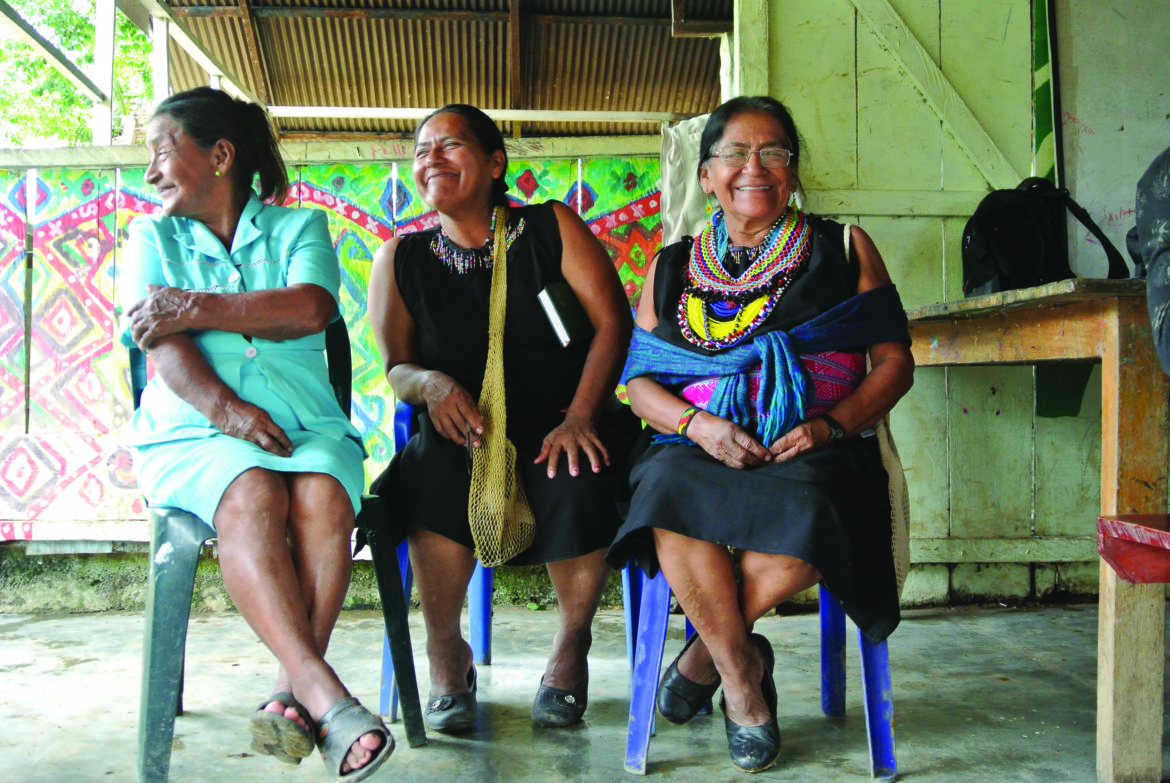
Inga female knowledge-keepers who led the way for the declaration of Nukanchipa Alpa Indiwasi. 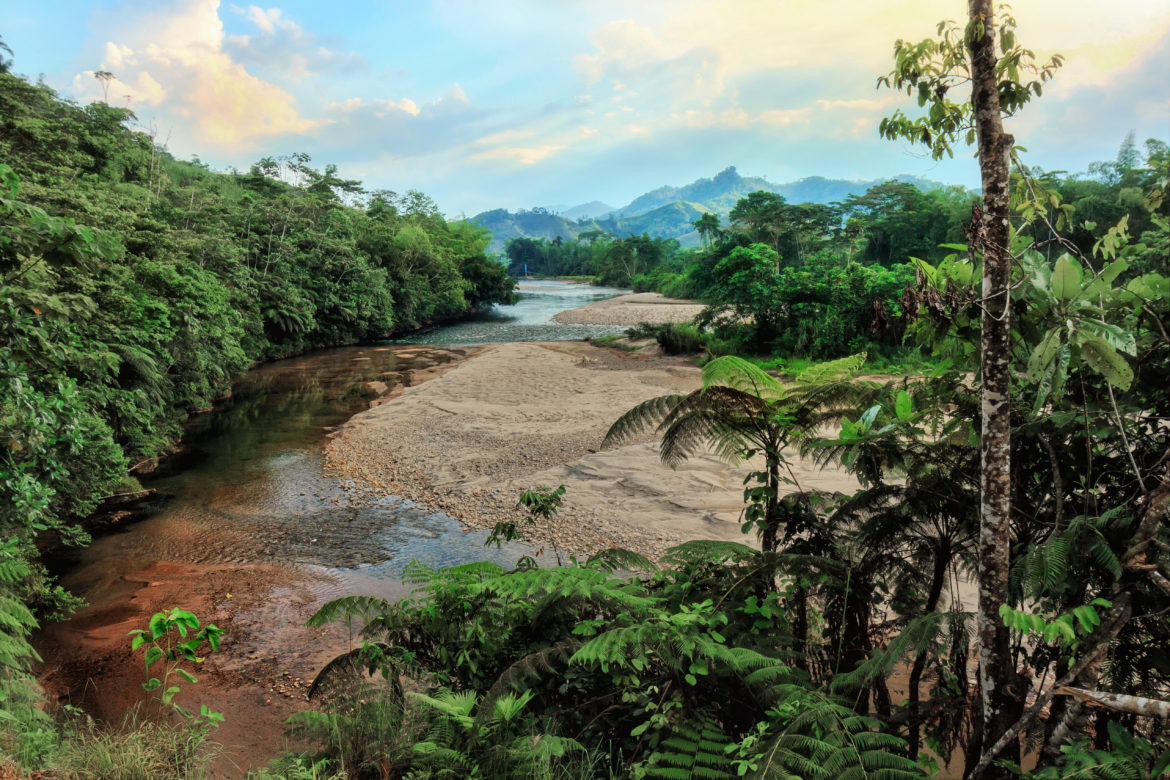
Nukanchipa Alpa Indiwasi is the land of the Ingas, the “house of the sun”. (Photo: Pablo Velázquez) 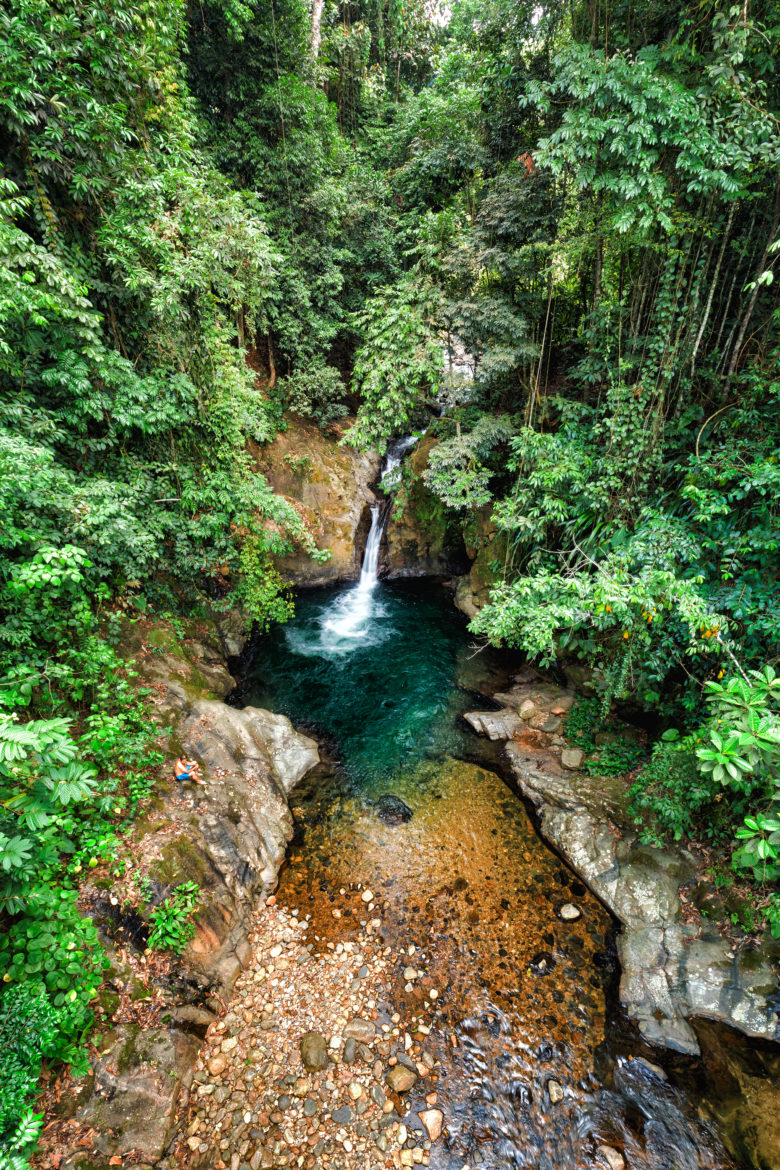
The natural wealth of Nukanchipa Alpa Indi Wasi (Photo: Pablo Velázquez) 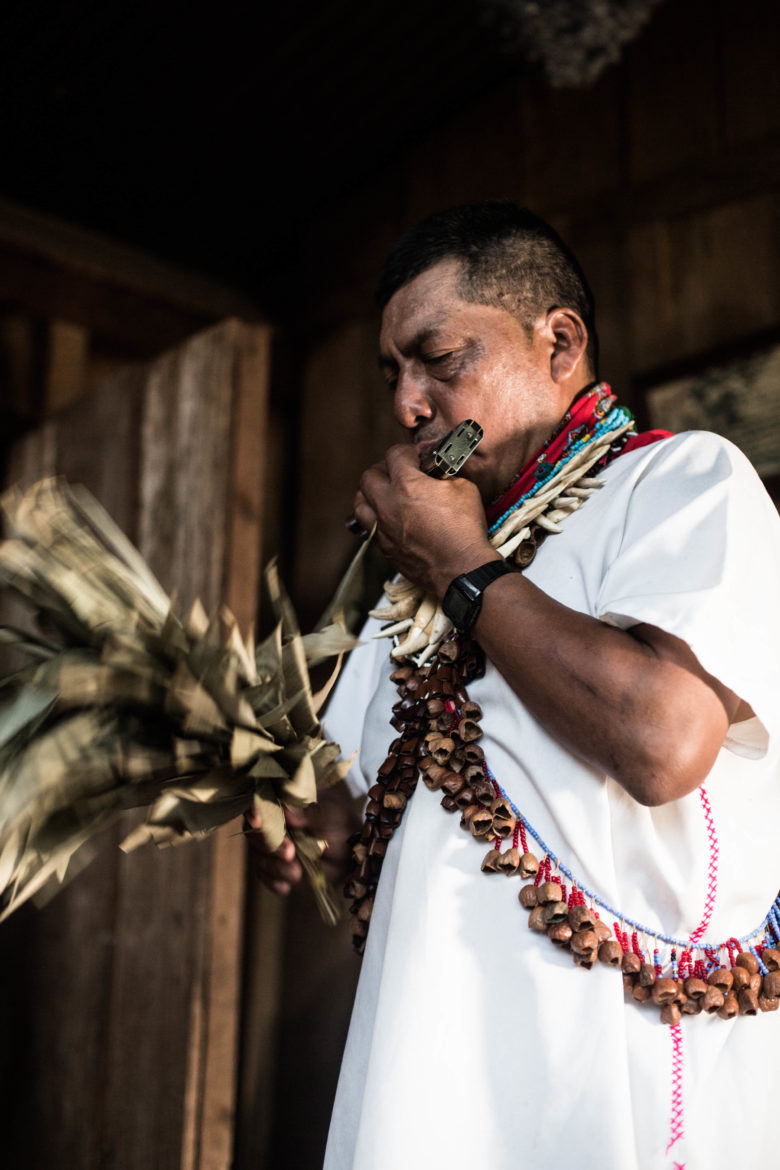
Inga traditional healers guided the way for the declaration of Nukanchipa Alpa Indiwasi. (Photo: Juan Gabriel Soler)
Share this post
Bring awareness to our projects and mission by sharing this post with your friends.


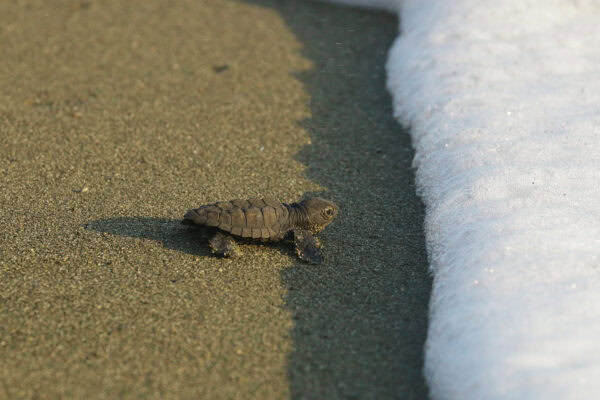
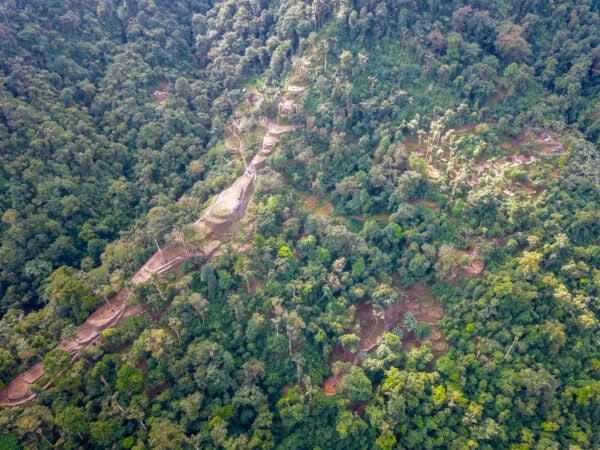
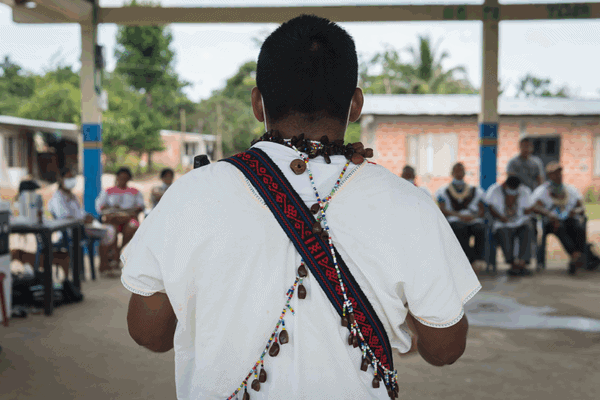
[…] Click here to read this piece in English […]
[…] ← The House of the Sun: The Story of the Alto Fragua Indi Wasi National Park […]